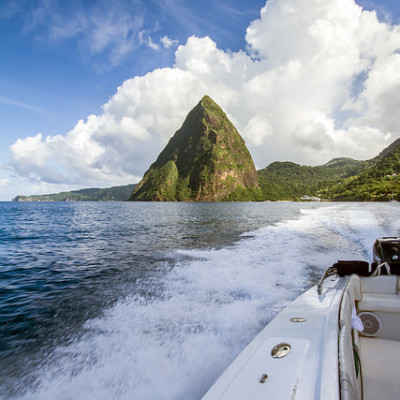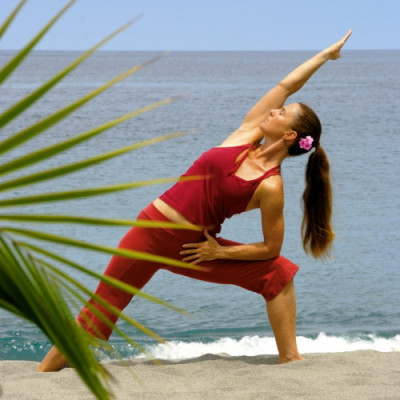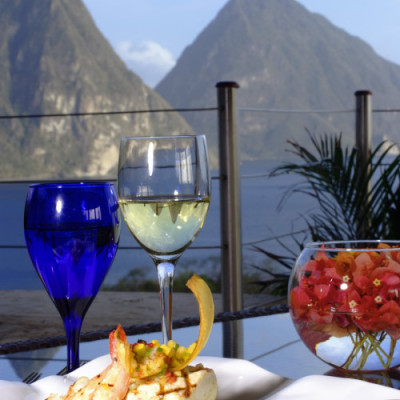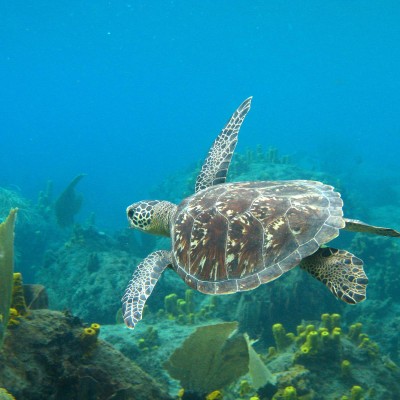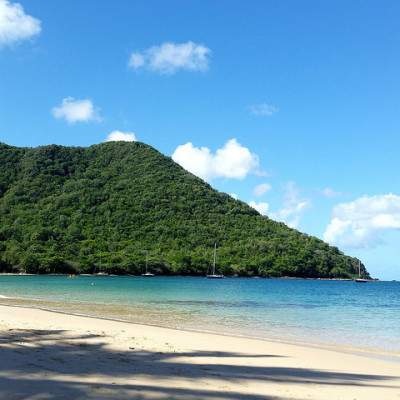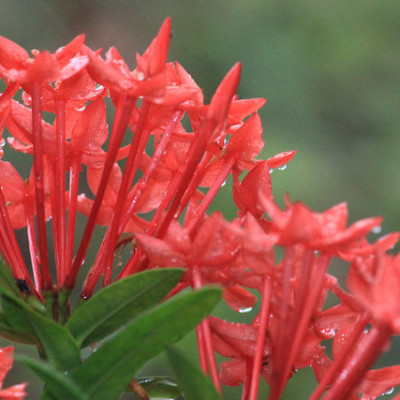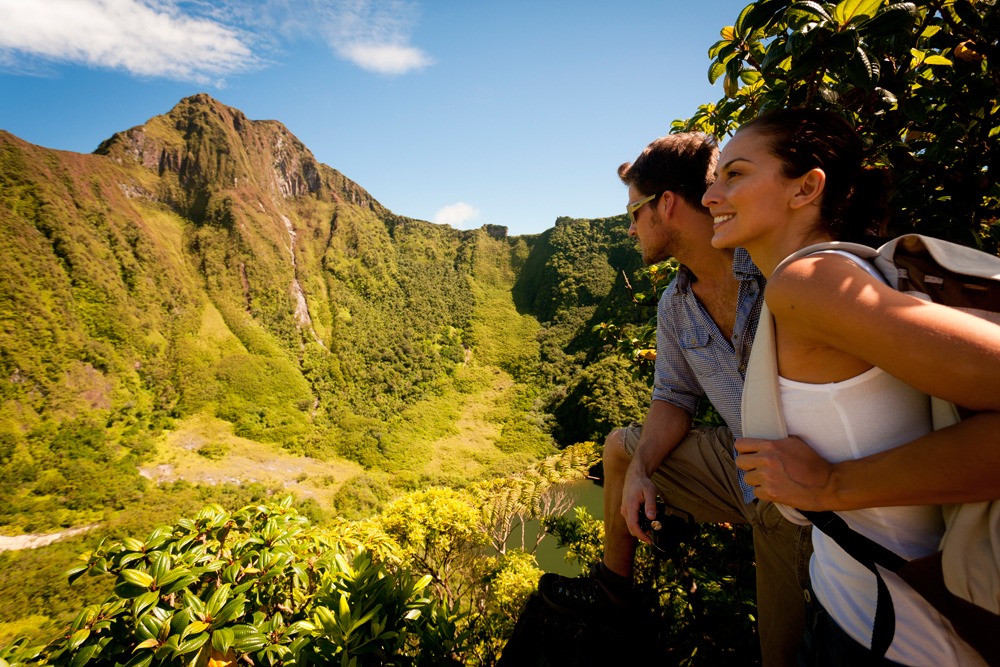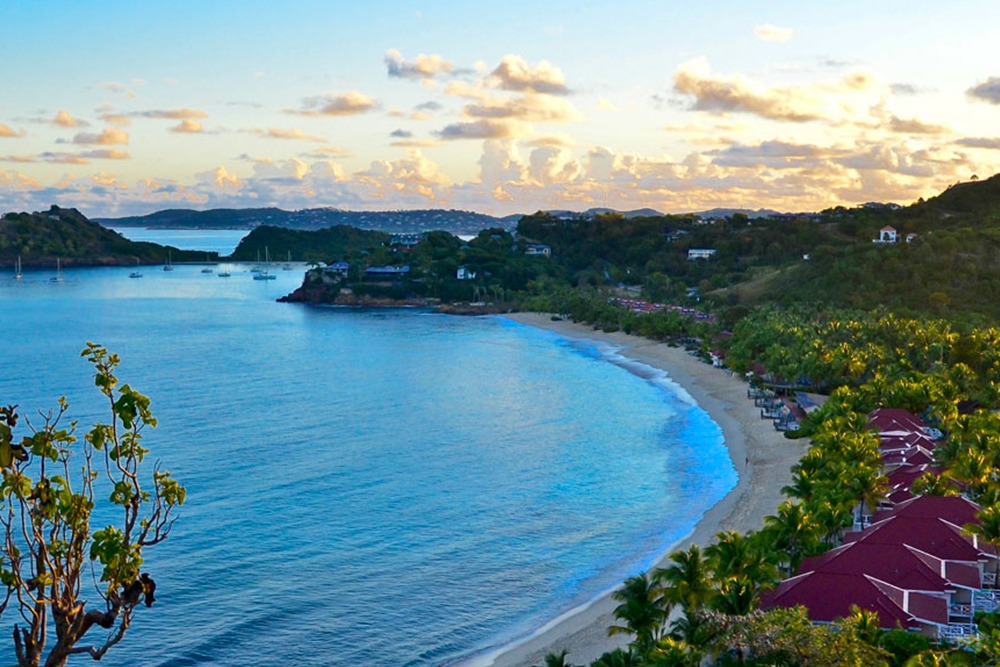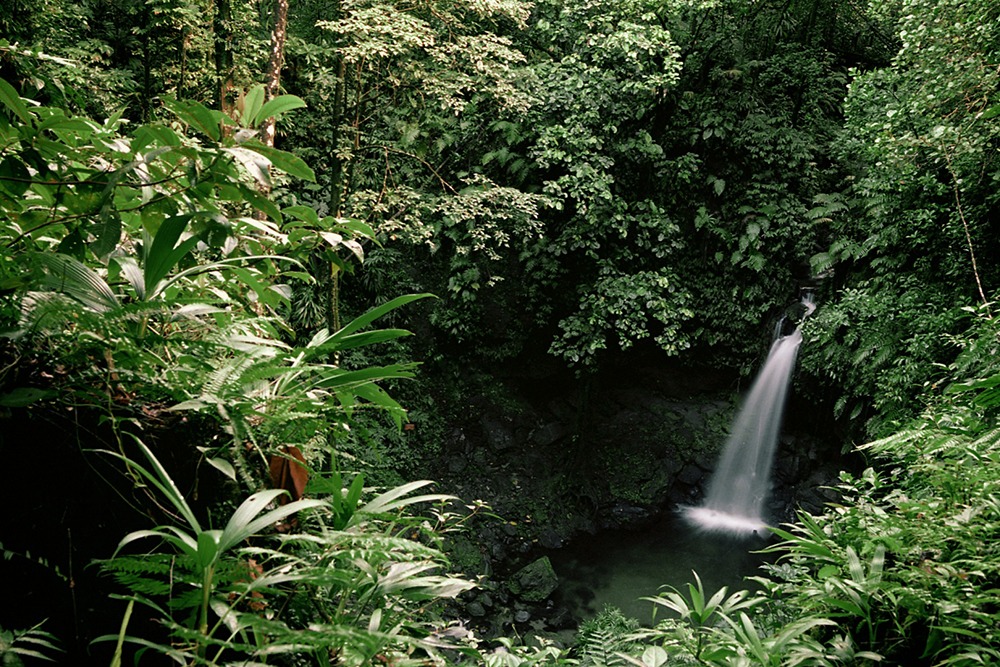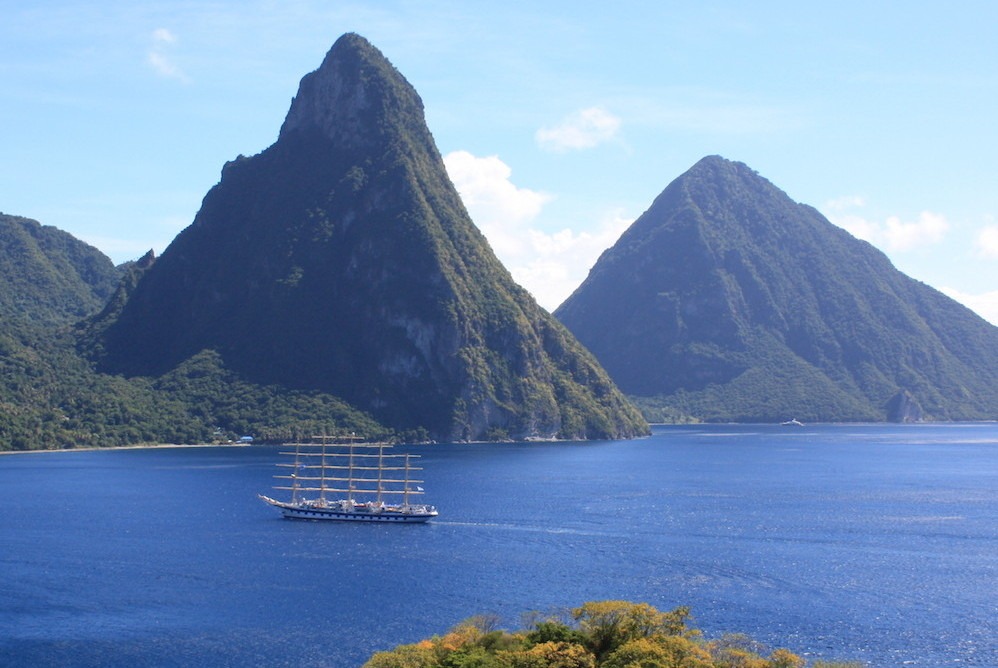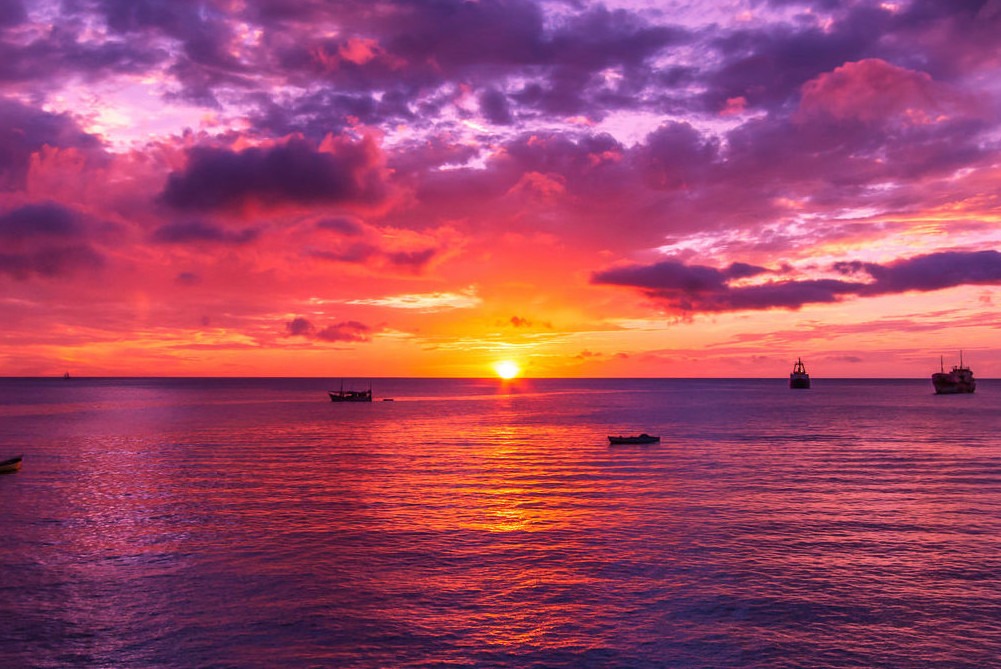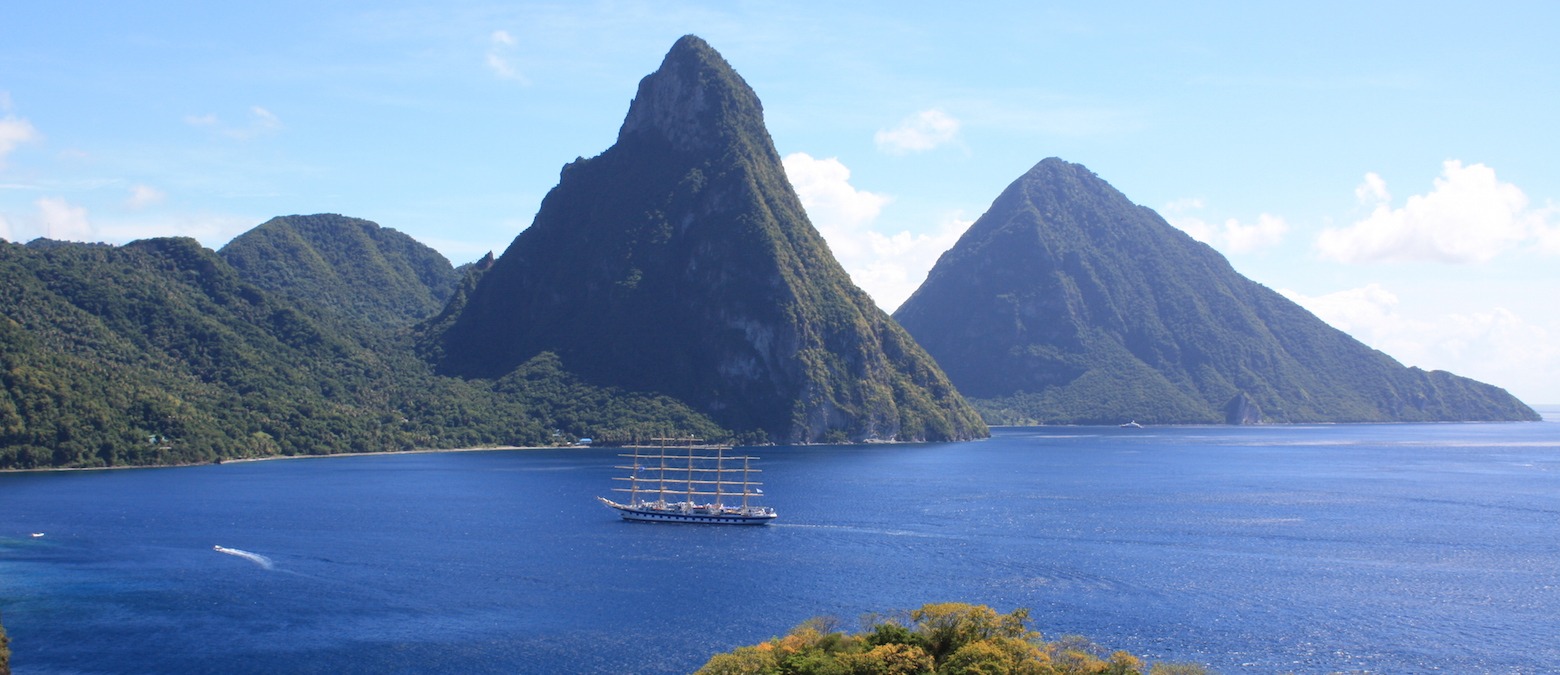
Nicknamed “The Helen of the West”, Saint Lucia has the weather, location, culture and food to be one of the most beloved vacation destinations in the Caribbean.
Saint Lucia’s landscape is a combination of high mountains, lush rainforests, low lying lands and beaches. Forests dominate the mountains, while jasmine, scarlet chenille and wild orchids provide splashes of color to the lush green slopes. The island is home to a UNESCO World Heritage Site – magical Piton Mountains. Two towering volcanic cones, Gros Piton (797m) and Petit Piton (750m), rise majestically from the Caribbean Sea on the southwest coast. These green-cloaked peaks are one of the Caribbean’s most famous landmarks and perhaps the most photographed feature of St. Lucia. The volcanic origin of the island provides visitors with an opportunity to visit the Caribbean’s only “drive-in volcano” and take a dip in the reputedly therapeutic Sulphur Springs.
Island Facts
Location
- One of the Windward Islands, Saint Lucia is located in the middle of the Eastern Caribbean archipelago and is approximately 21 miles south of Martinique and 90 miles northwest of Barbados.
- The Atlantic Ocean rims Saint Lucia’s eastern shore while the Caribbean Sea lines the west coast which offers the calmest surf and finest beaches.
Geography
- The Island is approximately 238 sq. miles (616 sq. km), 27 miles long, 14 miles wide with a largely mountainous topography. A central mountain range runs the length of the island, with peaks ranging between 1000 and 3145 feet in elevation.
- The capital city (Castries) is located in the northern section of the island and represents approximately 40% of the population.
Language
- English is the official language, French Creole is also spoken locally.
Climate
- St Lucia has a hot, tropical climate throughout the year, balanced by the northeast trade winds. The average annual temperature is estimated between 77°F (25°C) and 80°F (27°C).
- The rainy season is from June to November and the drier period between December and May.
Government
- Saint Lucia gained independence from the UK in 1979.
- The head of state is still the British monarch, represented on the island by a Governor General.
- Member of the Commonwealth of Nations, the Organization of American States (OAS), the Caribbean Community (CARICOM), and the Organization of Eastern Caribbean States (OECS). Permanent member of the United Nations.
Currency
- The Eastern Caribbean Dollar (XCD$) is pegged to the US Dollar at US$1.00 XCD = XCD$2.70
- US bills are accepted by most stores and businesses and change is given in E.C. currency
Economy
- No taxes on worldwide income tax, no capital gains, inheritance or gift taxes.
- Tourism accounts for approximately 65% of GDP and has been established as the highest foreign exchange earner.
- The second leading industry in Saint Lucia is agriculture.
Culture
- The most popular played sports on island are cricket, football (soccer) tennis, volleyball, and swimming. Our most renowned athletes are Daren Garvin Sammy, Captain of the West Indies Twenty20 Team; Lavern Spencer, high jump and Dominic Johnson, pole vault.
- The weather, location, culture and food are special in making Saint Lucia one of the most beloved vacation destinations among people throughout the world. However, one of the most unique aspects of life on the island is the music. Music genres such as Salsa, Calypso, Latin Jazz and Reggae all originated in this part of the world.
- In April and May music lovers flock to Pigeon Island National Park for the Caribbean’s premier cultural event – the Saint Lucia Jazz & Arts Festival. Here cultural enthusiasts, festival lovers and music aficionados are wooed by over 50 world-acclaimed entertainers and artisans over 10 days.
Accessibility
- St Lucia’s two airports Hewanorra International Airport and George Charles Airport are easily accessed by direct flights from Miami, New York, Toronto as well as other major airports.
- Visa-free travel to approximately 110 countries.
Distinctions
- Saint Lucia has the distinction of having the highest number of Nobel Laureates per capita in the world. Derek Walcott won the Nobel Prize in Literature in 1992 and Sir Arthur Lewis won the Nobel Prize in Economics in 1979. The two winners share the same birthday of January 23, only 15 years apart.
- St Lucia’s famous Sulphur Springs is the hottest and most active geothermal area in the Lesser Antilles. The park is approximately 45 hectares and is billed as the Caribbean’s only drive-in volcano. There are man-made hot pools where locals and visitors alike frequent for the healing properties of the mineral-rich water.
- World Heritage Site in St. Lucia: two towering volcanic cones on the southwest coast, Gros Piton (797m) and Petit Piton (750m) are one of the Caribbean’s most famous landmarks and perhaps the most photographed feature on the island.
Contact us today for a complimentary consultation.




